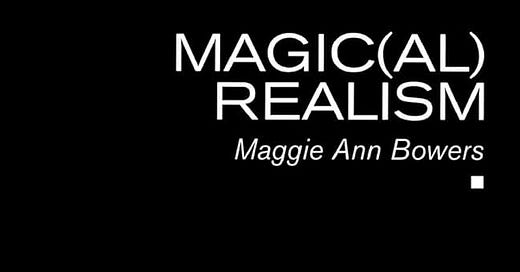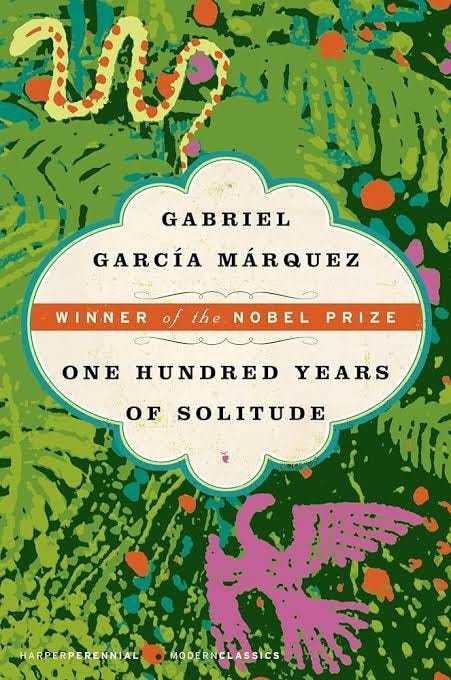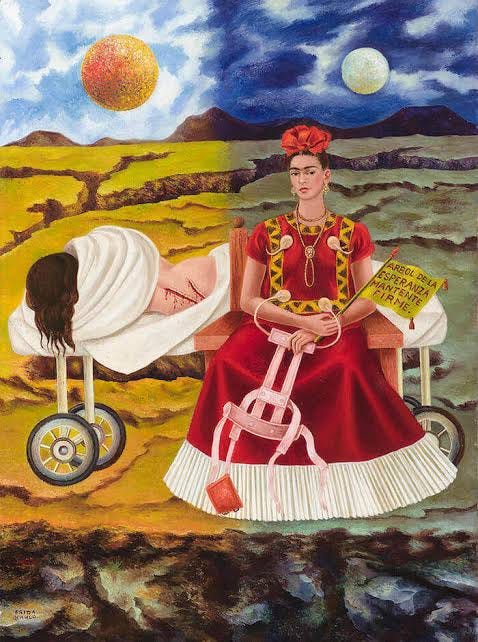Magic(al) Realism by Maggie Ann Bowers: An Exploration of the Literary Phenomenon
A book that explores the literary style of magical realism and compares it with many other contemporary styles.
The Malayalam novel 'Khasakkinte Ithihasam (The Legends of Khasak)' by O. V. Vijayan was my first foray into reading magical realism. I read it during my high school years, and despite the allure of reading something that gave a mystic experience, at that first reading I wasn't able to appreciate the high literary quality and the unique style of the book that still captures the imaginations of generations of Malayali readers. A year later I got hold of a translation of 'One Hundred Years of Solitude' by Gabriel Garcia Marquez, transforming my reading journey. Soon enough, I picked up a few more novels employing the narrative mode of magical realism.
Magical realism was the buzzword during the last decades of the twentieth century among literary circles. Many writers tried their hand at using it for their fictional endeavors, and while some of them struck bull's eye, many others were labeled as cheap imitators of Marquez and were quickly forgotten. My enthusiasm for magical realism entered a new phase when I discovered Salman Rushdie belatedly, thanks to the opinionated intellectuals of Malayalam who were quick to denounce him as a talentless, publicity hound following the issue of the infamous 'fatwa'. His 'Midnight's Children' was, for me, a new revelation about the immense narrative possibilities of magical realism in literature.
Though I know some of the basic tenets of it, I always wanted to read a detailed literary text about magical realism and understand in depth about what critics feel about it. An upcoming book club session centered on it gave a good excuse to search for such a book, and that's how I came upon 'Magic(al) Realism' by Maggie Ann Bowers. The book is a concise guide aimed at a layperson like me who is interested in knowing about the movement. It deals with the history and evolution of magical realism, its characteristics, its relationship between similar literary techniques and what may the future hold for it.
If anyone wonders about the title 'Magic(al) Realism,' it's because the writer differentiates between magic realism and magical realism, the former being a precursor of the latter, a technique used by artists predominantly in the Weimar Republic of Germany in between the two World Wars. The book examines how a painting style that was developed as a deviation of surrealism evolved into a narrative style that become a signature style of Latin American literature. It examines different characters of magical realism and the reasons why it became an effective tool to be used by oppressed 'others' against the authority, challenging the version of truth that is established by them.
The author introduces us to works of magical realism from different parts of the world and compares them. This is important because the style is rooted deeply in the politics, history, and culture of the place in which the novel is based. The book also does a great job of comparing different contemporary literary movements like postmodernism, cross-culturalism, and post-colonialism with magical realism and describing how each of them is intricately related. It seemed interesting to note that certain books for children introduced elements of magical realism decades before the word was coined. We are also introduced to films and paintings that use magical realism and some criticisms that the literary world has about the narrative style.
The book extensively quotes different eminent critics and novelists and introduces a wealth of books from every part of the world as examples. This makes it easy for the readers to easily grasp the complex points that she intends to make. Even when the book is short, it covers a wide range of topics and also makes its reader interested in reading more on the topic and exploring more novels featuring magical realism. I am grateful because in spite of the serious topics they usually portray, I had the most fun while reading novels employing magical realism. The one point that I feel the author could have deliberated is the element of irreverent humor that the novels of the genre usually employ.






